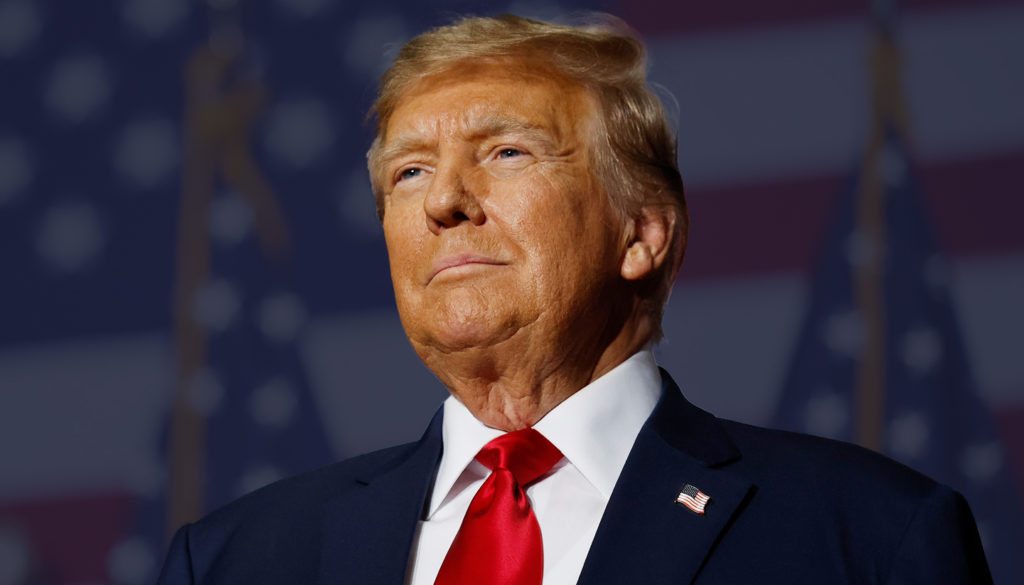Donald Trump was elected the 47th president of the United States on Wednesday, completing a stunning comeback after a turbulent four years. The Republican nominee secured the 270 electoral votes needed to win the presidency, clinching victory with a key win in Wisconsin.
This marks Trump’s second term, following his initial victory in 2016. Unlike that election, Trump is also on track to win the popular vote this time around.
Trump’s win is seen as a validation of his combative political style. He aggressively attacked his Democratic opponent, Vice President Kamala Harris, using deeply personal, at times misogynistic and racist rhetoric. He painted a grim picture of a nation overwhelmed by violent immigrants, while Harris called him a threat to democracy and labeled him a “fascist.”
Trump’s appeal, particularly among disaffected male voters in a deeply polarized country, was reinforced by his fiery rhetoric and image of hypermasculinity. His campaign capitalized on frustration over inflation and rising consumer prices, issues that have worsened under President Joe Biden’s administration.
As president, Trump has vowed to radically overhaul the federal government and seek retribution against those he views as his political enemies. In a speech to supporters early Wednesday, he declared that his victory represented “a powerful and unprecedented mandate.”
Trump will take office on January 20, inheriting a host of challenges, including deepening political division at home and global crises that threaten to test the United States’ influence on the world stage.

